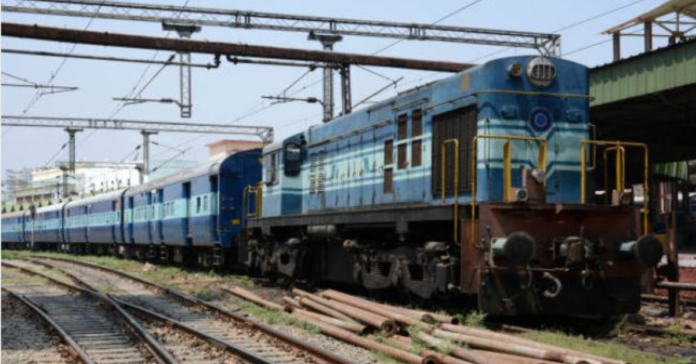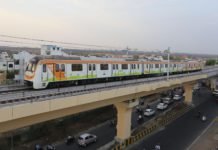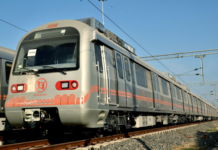With globalisation playing an increasingly important and influential role in societies and markets in the twenty-first century, the development of new transportation infrastructures that allow for the efficient movement of people and products is important. Transportation through railways has played an important role in this context, adding to the country’s long-term development in terms of both economic growth and social development. This mode of transportation has several advantages over others, the majority of which are related to lower transportation costs, reduced environmental impact, and better safety. Furthermore, the reduction in journey time due to increased speed and the improvement in passenger comfort add to rail transport’s enhanced competitiveness.
Significant investments have been made in recent years in the development of new railway infrastructure as well as the rehabilitation and upgrading of existing lines. Many of these lines contain a large number of essential infrastructure elements, such as bridges, viaducts, and embankments, whose operational and safety conditions must be maintained by infrastructure managers throughout their life cycle.
Recent advancements in science and technology have made it possible to evaluate the structural condition of railway infrastructures more efficiently, primarily through the implementation of intelligent inspection, monitoring, maintenance, and risk management strategies. Also, investment in the development of faster and lighter trains presents significant challenges in terms of the energy efficiency of this type of transport system.
After China, India is one of the world’s fastest-growing economies, and it needs to continue its development momentum in order to improve its overall standard of living and reduce poverty. Investment climate surveys, such as doing business in India, consistently demonstrate that limited and poor-quality infrastructure facilities are a major barrier to business development in India. The main issues in India’s infrastructure sector include infrastructure funding, land acquisitions, environmental clearances, private sector involvement, a stable policy framework, institutional setup, tariff policy, and others. Amidst the government’s limited resources to finance the planned infrastructure projects and incur expenditure, the environment for infrastructure growth through both public and private investments needs to improve. This can only be accomplished by establishing a more stable and secure policy framework, protecting property and consumer rights, and implementing suitable pricing and subsidy policies.
In addition, the government may provide guarantees and other forms of assistance to ensure the trust and viability of infrastructure projects in order to attract private investment. The government can also entice foreign investors into the infrastructure industry by allowing up to a hundred per cent foreign equity in almost all infrastructure sectors. To address the issue of infrastructure funding, a number of studies suggest various methods to improve financing options to meet the massive infrastructure investment. Land acquisition laws must be revisited in order to facilitate appropriate rehabilitation and compensation packages.
The best option is decentralised negotiation between the necessary authorities and landowners. Proper institutional setup for each transport infrastructure sector is required, but efforts are required for a coordinated strategy among roads, trains, airports, and ports to ensure effective and efficient interlinking of infrastructure services. Since, the majority of infrastructure services are being built through contracts by private operators, project design, cost and time estimation, and others must be done in a scientific manner to prevent delays and cost overruns.





